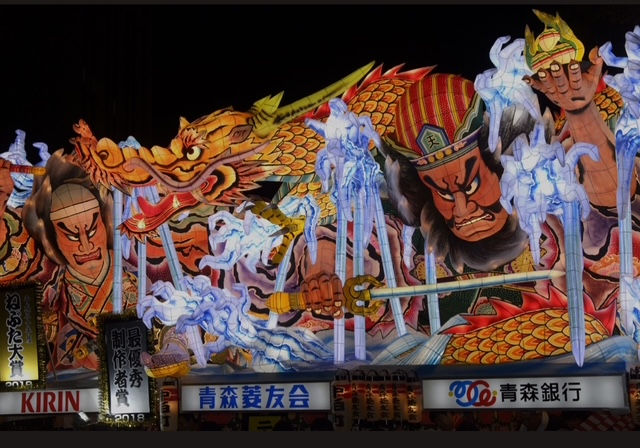Japanese Tea Ceremony
- Phillip Radcliffe
- Jan 29, 2022
- 3 min read
By Saki Ota

The purpose of the tea ceremony is to harmonize with nature and respect people and things by quietly making and tasting matcha. The custom began at the temple of Zen Buddhism. During the Muromachi- Sengoku period, “Wabi-cha” was completed, which demanded Japanese beauty and high spirituality. The tea ceremony is deeply connected to “Zen.” This is called the tea Zen gang.

The charm of the tea ceremony is that if you include items such as grilled foods, seasonal flowers, hanging scrolls, and sweets that you rarely feel in your daily life in the tea ceremony, you will be able to improve your sensibility and broaden your interests. Many people find new hobbies such as ceramics, flower arrangement, making Japanese sweets, and collecting antiques, which are derived from the tea ceremony.
Many people have the image that it is difficult to keep sitting upright for a long time when it comes to tea ceremonies. However, recently, there are an increasing number of places where it is acceptable to use a low chair called a “Seiza chair” that allows you to sit in a sitting position so that your legs will not be painful at tea ceremonies or lessons.
A tea ceremony called “Ryurei," in which you sit on a Western-style chair and have a table, is becoming widespread. As a tea ceremony school that originated in Sen no Rikyu, the three representative ones are called “Sen no Rikyu." "Sen no Rikyu," which are still widely known as “Omote Senke,” “Ura Senke” and “Mushakoji Senke,” but these were established by the three great-grandchildren of Sen no Rikyu at the same time.

Also, the colors and patterns of the fukusa worn by the host and Hanto are different. The color of the fukusa used in Urasenke is purple for men and red for women. The various fukusa used in Omote Senke and Mushakoji Senke are purple for men and vermilion for women. Furthermore, in the case of light green tea, the well-foamed matcha is Ura Senke, and the less foamy matcha is Omotesenke and Mushakoji Senke.
And there are also differences between men and women in how to sit upright. In Urasenke, men sit with both hands on their knees and women sit with one . In Omotesenke, men sit with their knees open to keep stable, and women sit with their knees open enough to rest on one hand for support. At Mushakoji Senke, men sit for one first and women sit upright without opening their knees.

There are three ways to bow after sitting. One method is called Shin (true), in which the person bows politely to where the stomach rests on the knee. In Ura Senke, the method is called Gyo (line) in which the person bows and bends the body forward, and Sou (grass), which is a light bow.

There are many types of tools such as the tea scoop and the whisk. Powdered green tea is the ingredient for making matcha. There are various types of tools used, like Usucha-ki (a container for the tea powder) used at various temples throughout Japan. A tea scoop is a tool for scooping powdered green tea and wicker bowls. Bamboo is generally used, they can also be made from trees such as pine, plum, and cherry blossom trees. It is often made by tea masters and is a highly valued tea utensil. A tea whisk is a tool for stirring tea. Bamboo tea whisks are common, but the shape and color differ depending on the school. Finally, there is a hanging scroll. The scroll represents the attitude of the host and the theme of the tea ceremony, and is hung in the alcove.

The ceremony itself is usually 20 to 30 minutes and is performed in front of a small group of people in a tatami mat room. The host wears a kimono. You don’t need any special license to perform a tea ceremony, but you do need lots of practice with a licensed host. Most high schools and universities have tea ceremony clubs and you can experience one during the school festivals. However, there aren’t very many other places to experience a tea ceremony, so you might have to search for one on the Internet.



